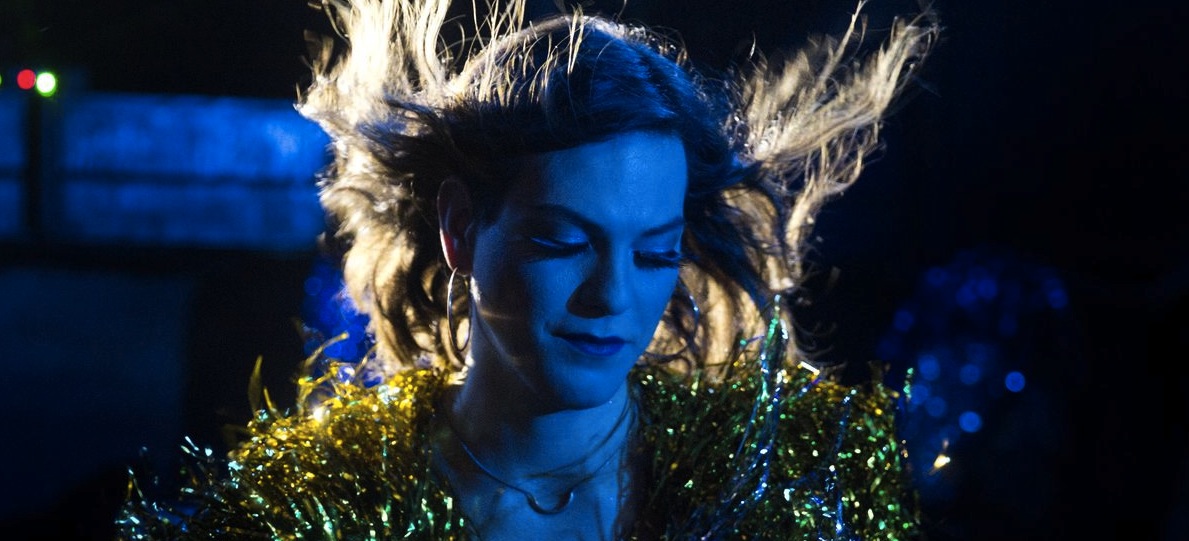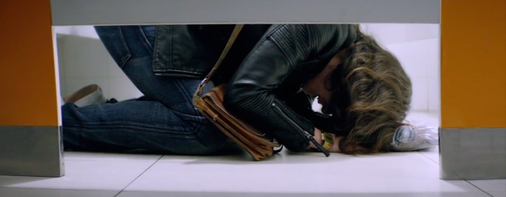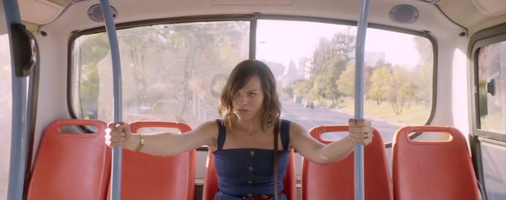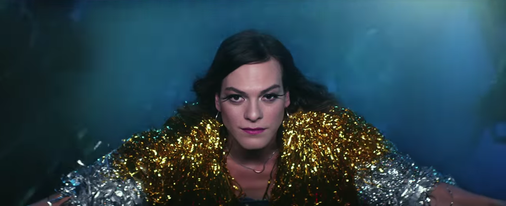Mixed Media: "A Fantastic Woman" Dreams an Awakening
 Monday, April 2, 2018 at 4:15PM
Monday, April 2, 2018 at 4:15PM by Ilich Mejía

Arguably the only drawback of watching a movie on the literal big screen is not being able to immediately rewind to catch a perfect moment again. Well, maybe you could if you were friends with the theater's staff, but some of us may have pissed off too many of those by asking them to turn the air conditioning up a few too many times. In Sebastián Lelio’s A Fantastic Woman, last year’s Oscar winner for Best Foreign Film, that perfect moment comes an hour into the film when its protagonist Marina (played by Daniela Vega, the trans actress that inspired the film) finds herself in a underground club hiding from the slew of problems the death of her partner has earned her. There, Lelio and his team use dance and music to have Marina confront the movie’s major themes of loss and acceptance in a way that shocks her as much as it moves the audience.
Shiny fringe and mild spoilers after the cut...
The film begins with the death of Orlando (a tender Francisco Reyes), Marina’s older cis partner, despite her efforts to keep him alive. Before she can even begin to grieve, she’s accosted by the humiliation of doctors and detectives, the overcompensating acceptance of her partner’s brother, and the cartoonish vitriol of the rest of his family. The film draws its antagonists broadly, but they are oddly humanized by Marina’s practiced dismissal of their assaults. She’s used to a world full of these characters and she’s grown tired of it.
Throughout the film, Benjamín Echazarreta’s cinematography traps Marina in tight spaces that attempt to lock her up like the officials’ insistence that she go by her male birth name or people’s many condescending attempts to simply define who (or in their words, what) she is. Her brief moments of respite come from being with the support system that fears for her exposure and from her greatest talent, music. These converge more than once, but they do so most poignantly in the scene at the club where Marina flees from a Santiago that too often fixates on her experience as a trans woman as the beginning and end of who she is.
In the club, after absentmindedly making out with a stranger, a defeated Marina spots a vision of Orlando giving her a warm smile. This small gesture inspires a dreamed-up dance sequence that subtly subverts the film’s colorful, but solemn tone up to that point. Marina and a group of queer club goers align and all don metallic fringed foil jackets under their clothes. In a clever choice, costume designer Muriel Parra has the dancers all keep their club clothes under their jackets (Marina still wears the prim denim dress she’s had on all day) to unify them without stripping them of their distinct identities. Equally clever is the scene’s choreography (to the fantastic and aptly named “Queen” of Matthew Herbert’s lively, contemporary score), brilliantly incorporating movements and positions memorably taken on by Marina during previous episodes of the film: air punches she’s been launching against people’s misunderstandings, hair tosses she’s been using to assert her femininity.
The star of the scene is undeniably Vega, who navigates Marina’s resolve clearly through the dance. Backed by a group of allies, Marina dances off her insecurities (not unlike a similarly clad Shangela would have lip synced for her legacy) and faces love for herself and music that will empower her throughout this journey. It’s no coincidence that the first person she visits after leaving the club is her vocal coach, who finds comfort himself in her assured singing. But she can’t comfort him before first holding on to those handlebars and addressing her queer audience face on to tell them she sees them. She hears them, too.
A Fantastic Woman is in theaters now.







Reader Comments (2)
A great scene indeed. Almost as good as the end of Gloria.
This was my favorite scene in the movie. Thanks for articulating why.